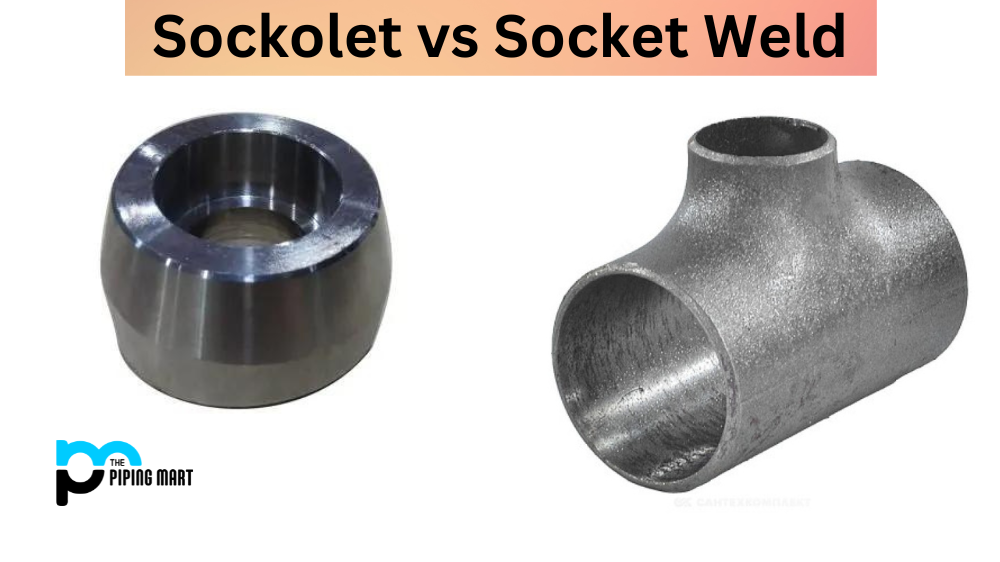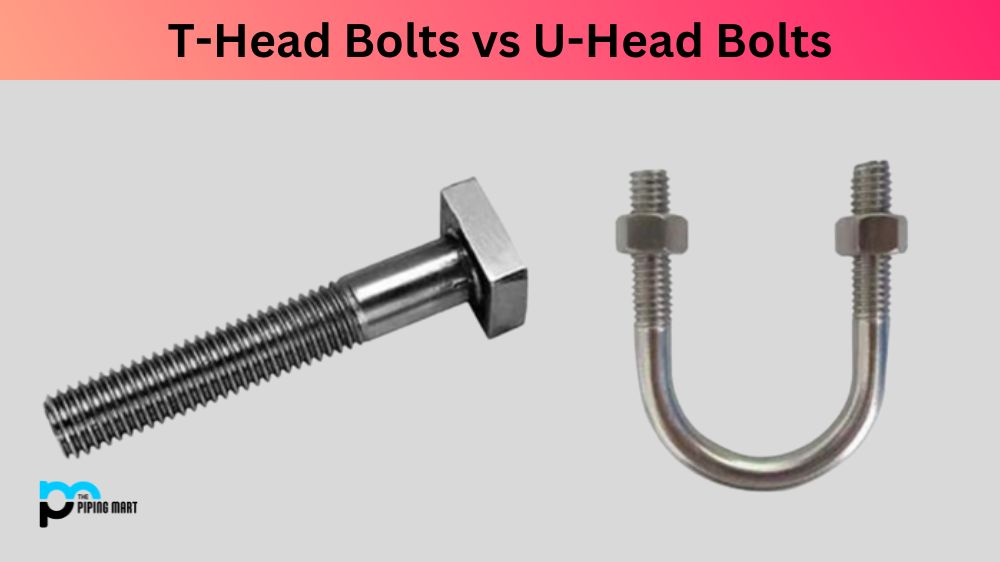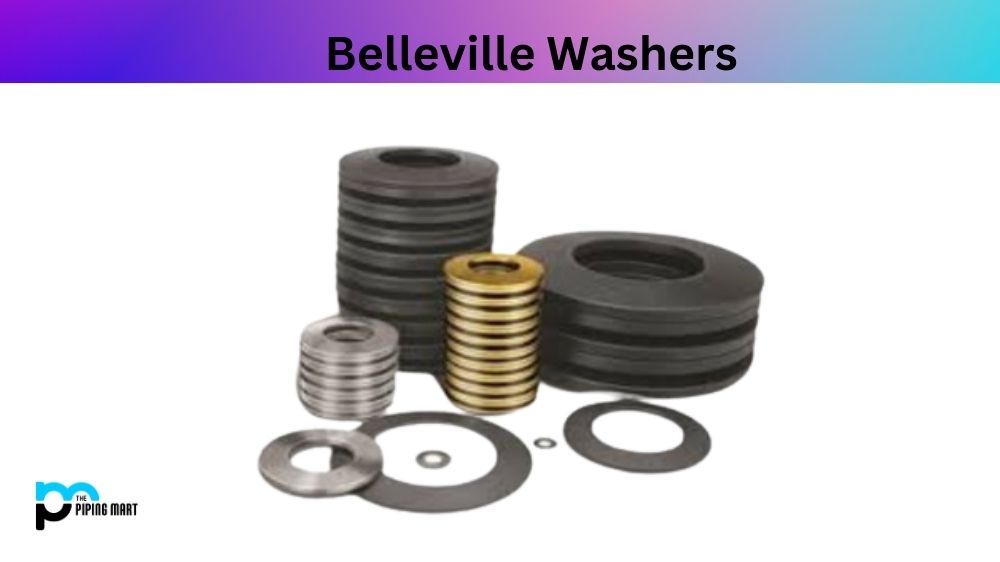Regarding piping systems, various components are used to ensure the smooth functioning of the overall system. Two such components are socket and socket weld fittings. While both are essential components, they have specific uses and functionalities. This blog will explore the difference between socket and socket weld fittings, their applications, and which one to use depending on your piping needs.
What is Sockolet Fittings?
Sockolet is a type of branch fitting that is commonly used in piping systems. It is a flange shaped like a socket but has an added opening that allows a smaller diameter pipe to be connected. A socket’s basic functionality is creating a branch connection between a larger and smaller-diameter pipe. This type of fitting is used in high-pressure refineries, petrochemical plants, and other industries where pipe sizes vary. Moreover, it helps reduce the chances of leakage since cutting or welding the header surface is unnecessary.
What is Socket Weld Fittings?
Socket weld is a type of welding process commonly used in piping systems. In this process, a socket connects two pieces of metal through a welding process. Socket weld fittings are similar to butt weld fittings, but the difference is that they use a socket instead of a pipe end. This type of fitting is used in low-pressure applications or where pressure cycling is infrequent.
Difference Between Sockolet and Socket Weld
Applications of Sockolet
Sockolet fittings are primarily used in high-pressure applications like steam, gas, and oil pipelines. They are also used in petrochemical plants to create branch connections where welding, trimming, or cutting is impossible. Sockolet fittings are also common in sanitary applications, especially in the food and beverage industry, since they are corrosion-resistant and easy to clean.
Applications of Socket Weld
Socket weld fittings are used in various industries, such as oil and gas, petrochemicals, and power plants. They are mainly used in low-pressure applications, as they do not perform well under high-pressure and high-temperature conditions. Socket weld fittings are used where welding is preferred over threading, such as in small-bore piping systems.
Which One to Use?
The decision to use a socket or weld fitting depends on the application and the operating conditions. Socket fittings are preferred in high-pressure applications since they can handle high-pressure conditions. They are also ideal for applications where branch connections must be made between different-sized pipes. On the other hand, socket weld fittings are preferred in low-pressure applications, where easier and quicker installation is required.
Conclusion
In conclusion, understanding the difference between socket and socket weld fittings is crucial in determining which is best suited for your application. While socket fittings are ideal for high-pressure applications and for creating branch connections between different-sized pipes, socket weld fittings are best suited for low-pressure applications. Ultimately, the fitting choice will depend on the specific application and requirements, so it is essential to consult an expert before making any decision.

Meet Bhavesh, a seasoned blogger with a wealth of knowledge and experience. From metal products manufacturing to retail, Bhavesh has a diverse background in various industries and is dedicated to sharing his insights and expertise with readers.




